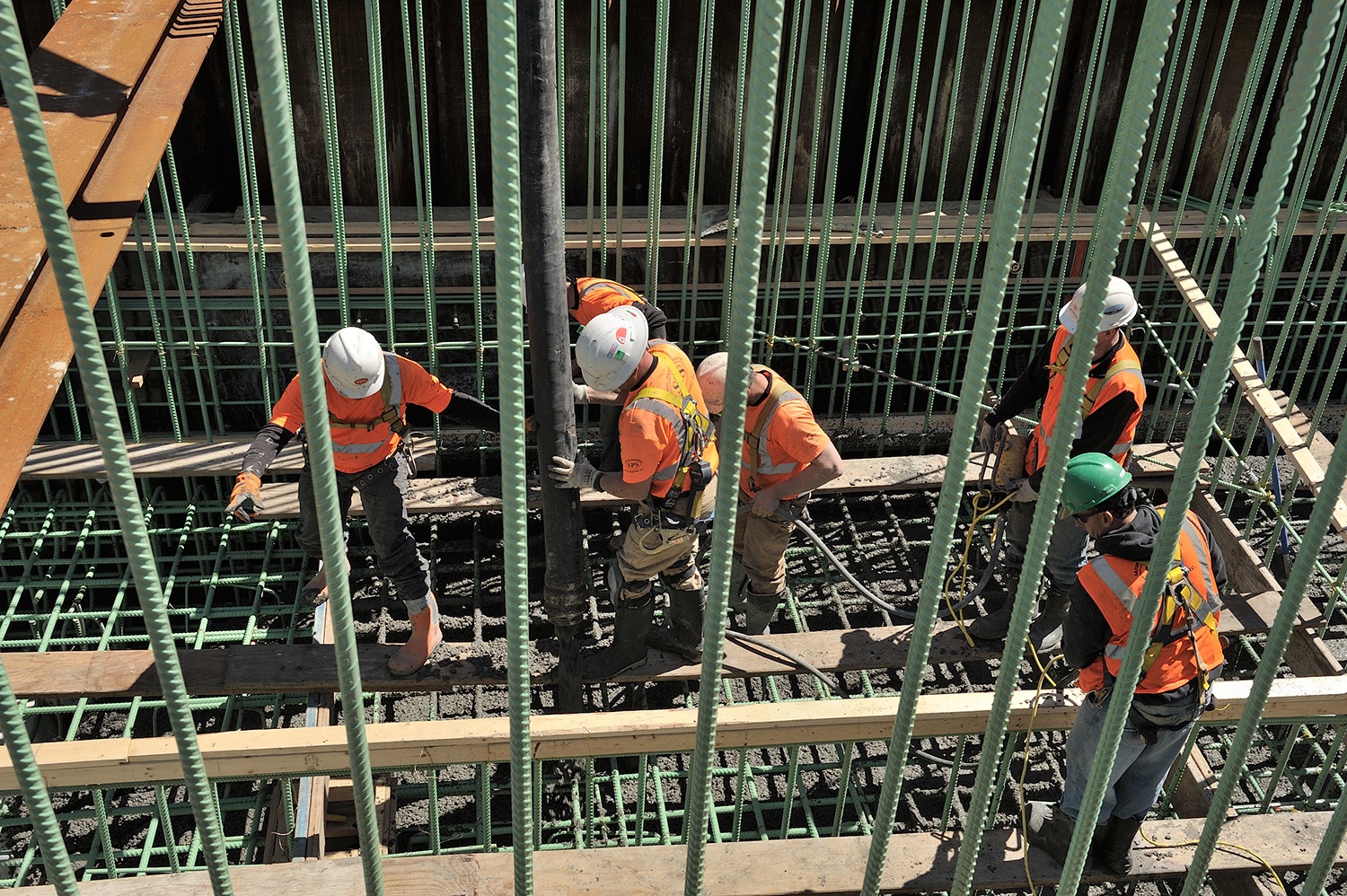A new, fully autonomous data collection option has joined the company’s concrete slab or structure temperature and maturity monitoring system. With Command Center AutoCollect, producers, builders, subcontractors, testing firms, owners or owner agencies, engineers and architects can measure and log concrete temperature history, calculate maturity, and evaluate in-place strength while away from the jobsite. By removing the necessity of on-site…
Read MoreTag: Transtec Group
Cold weather concreting essential: Monitoring mix temperature
When placing in cold weather, extra precautions must be taken to ensure concrete sets properly and gains adequate strength. The Transtec Group, Texas-based concrete pavement practitioner, notes how the first few days after placement are the most important because that is when cement hydration reaction proceeds the fastest and concrete gains most of its compressive strength. However, cold conditions slow the hydration process, meaning that concrete placed in low temperatures gains less strength than the same mix in warmer temperatures during the same length of time. If the water in the concrete mix freezes, the hydration process stops completely. Even if it thaws, strength gain may not recover.
Read MoreCommand Center concrete maturity, temperature monitoring system
Pavement engineer Transtec Group has released Command Center 2.0, citing updated desktop and mobile software, improved readers for data collection, and a more durable, highly visible sensor cable than the predecessor model. Practitioners use the device to track maturity, strength, and internal temperature of fresh, in-place concrete. New CC 2.0 software increases efficiency to meet required specifications for maturity monitoring, thermal control plans, hot and cold weather concreting, precast production and mass placements.
Read MoreReport: Roughness Index succeeding profilograph in pavement parameters
A new Louisiana Transportation Research Center (LTRC) report tracks a major transition in current U.S. concrete and asphalt pavement smoothness requirements. “Best Practices for Achieving and Measuring Pavement Smoothness, A Synthesis of State-of-Practice” shows a growing number of states moving away from profilograph-based specifications in favor of those determined on a more widely-accepted and precise measure: the International Roughness Index (IRI).
FHWA, AASHTO gauge real-time concrete pavement quality
Source: Transtec Group, Austin, Texas
In an effort to reduce costs, increase pavement quality, and minimize travel delays caused by road construction, the Federal Highway Administration, American Association of State Highway and Transportation Officials (AASHTO), and Transportation Research Board will help agencies implement a tool that allows contractors to identify concrete pavement surface irregularities during construction.
Read More

